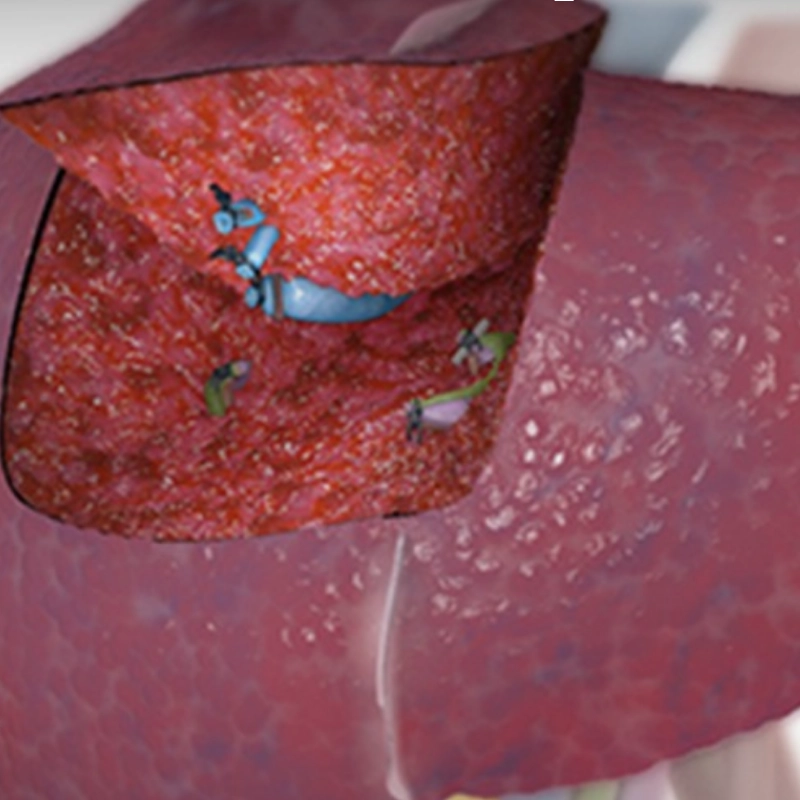
Robotic liver surgery represents a significant advancement in the field of hepatic surgery, offering numerous benefits over traditional methods. This cutting-edge technique utilizes robotic systems to enhance the precision, dexterity, and control of surgeons, leading to improved patient outcomes and reduced recovery times. Presently, there is plenty of medical evidence that shows definite advantages of minimally invasive approaches (Robotic and laparoscopic) to liver surgery. This advantage is not just in the small scars but also lesser complications and lesser liver removal especially in liver cancers with a damaged liver. Thus, the surgery will be more successful.
When is Liver Surgery needed
Liver surgery is often necessitated by various medical conditions, including:
- Liver Cancer: Both primary (originating in the liver) and metastatic (spread from other organs) liver cancers may require surgical intervention.
- Benign Liver Tumors: Non-cancerous tumors like hemangiomas, adenomas, or focal nodular hyperplasia.
- Liver Cysts: Large or symptomatic cysts that impair liver function or cause discomfort.
- Traumatic Injury: Severe liver damage due to accidents or injuries.
Symptoms Indicating Liver Surgery
Symptoms that might indicate the need for liver surgery include:
- Persistent abdominal pain, particularly in the upper right quadrant
- Unexplained weight loss
- Jaundice (yellowing of the skin and eyes)
- Ascites (accumulation of fluid in the abdomen)
- Fatigue and weakness
- Loss of appetite and nausea
Treatment: Robotic Liver Surgery
Robotic liver surgery involves the use of robotic systems like the da Vinci Surgical System, providing several advantages:
- Precision and Accuracy: Enhanced 3D visualization and superior control of surgical instruments allow for meticulous dissection and suturing.
- Minimally Invasive: Smaller incisions result in less pain, minimal scarring, and quicker recovery.
- Reduced Blood Loss: Improved dexterity and precision reduce the risk of excessive bleeding.
- Shorter Hospital Stay: Patients often experience faster recovery times and shorter hospital stays compared to traditional open surgery.
- Improved Outcomes: Higher success rates and lower complication rates due to enhanced surgical precision.
Diagnosis Leading to Surgery
Diagnosis of liver conditions that may require surgery involves several steps:
- Medical History and Physical Examination: Initial assessment of symptoms and risk factors.
- Imaging Studies: Techniques like ultrasound, CT scans, MRI, and PET scans provide detailed images of the liver.
- Biopsy: A sample of liver tissue may be taken to determine the nature of a lesion or tumor.
- Blood Tests: Liver function tests, tumor markers, and other blood tests help in diagnosing liver conditions.
Conclusion
Robotic liver surgery stands at the forefront of modern surgical techniques, offering a highly effective and minimally invasive option for treating various liver conditions. Its precision reduced recovery time, and improved patient outcomes make it a preferred choice for both surgeons and patients.

